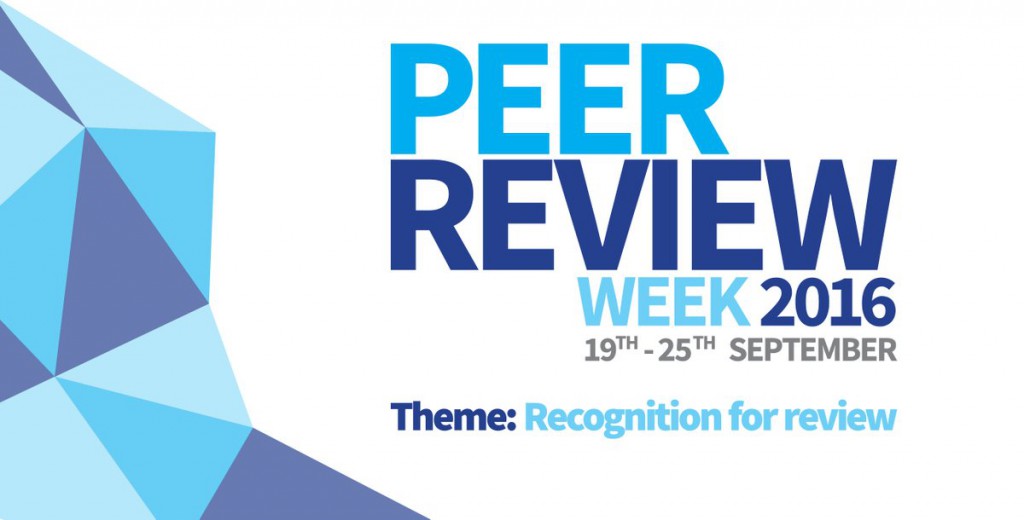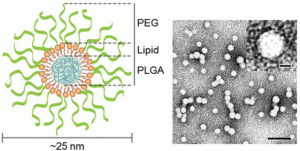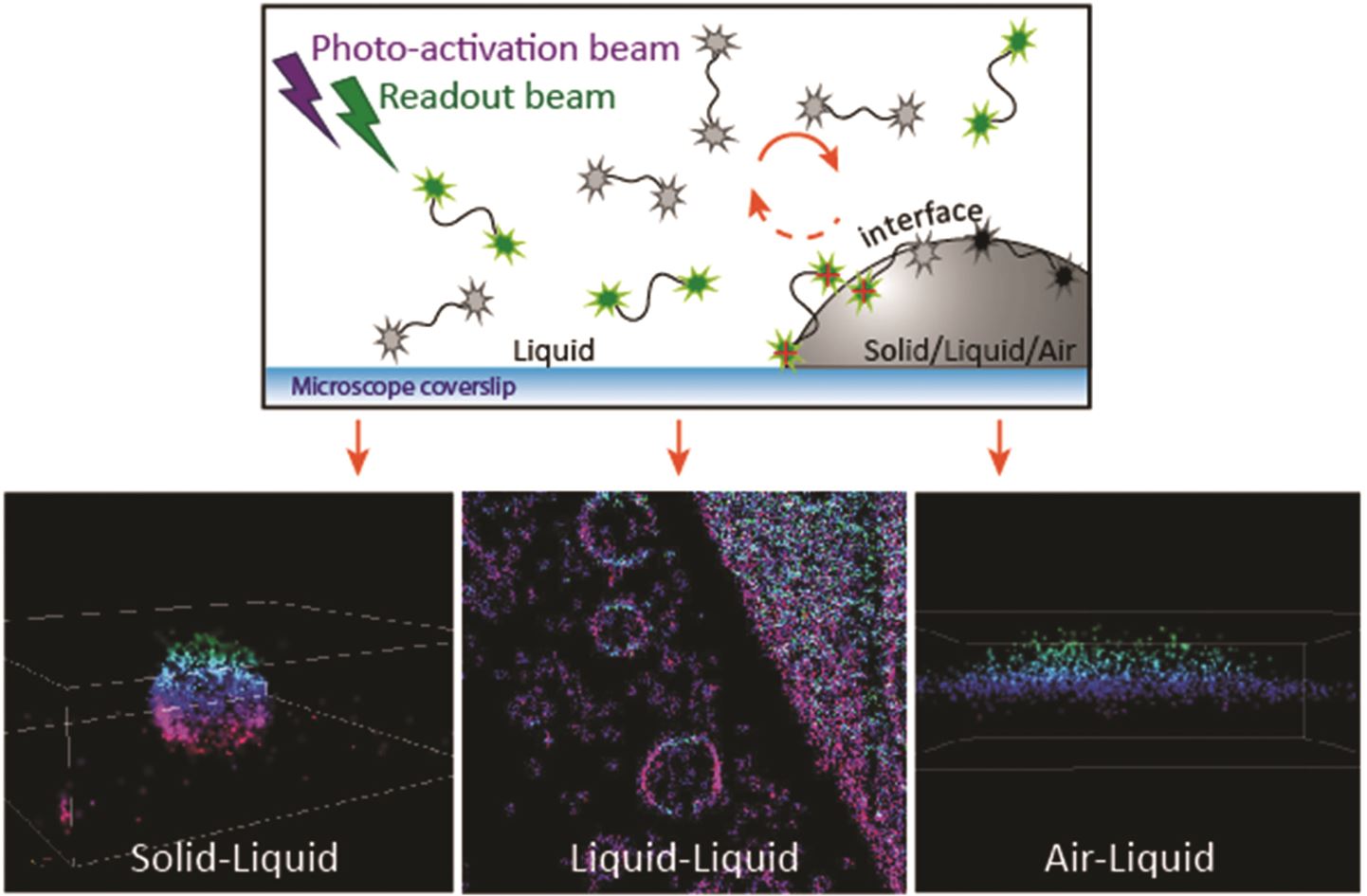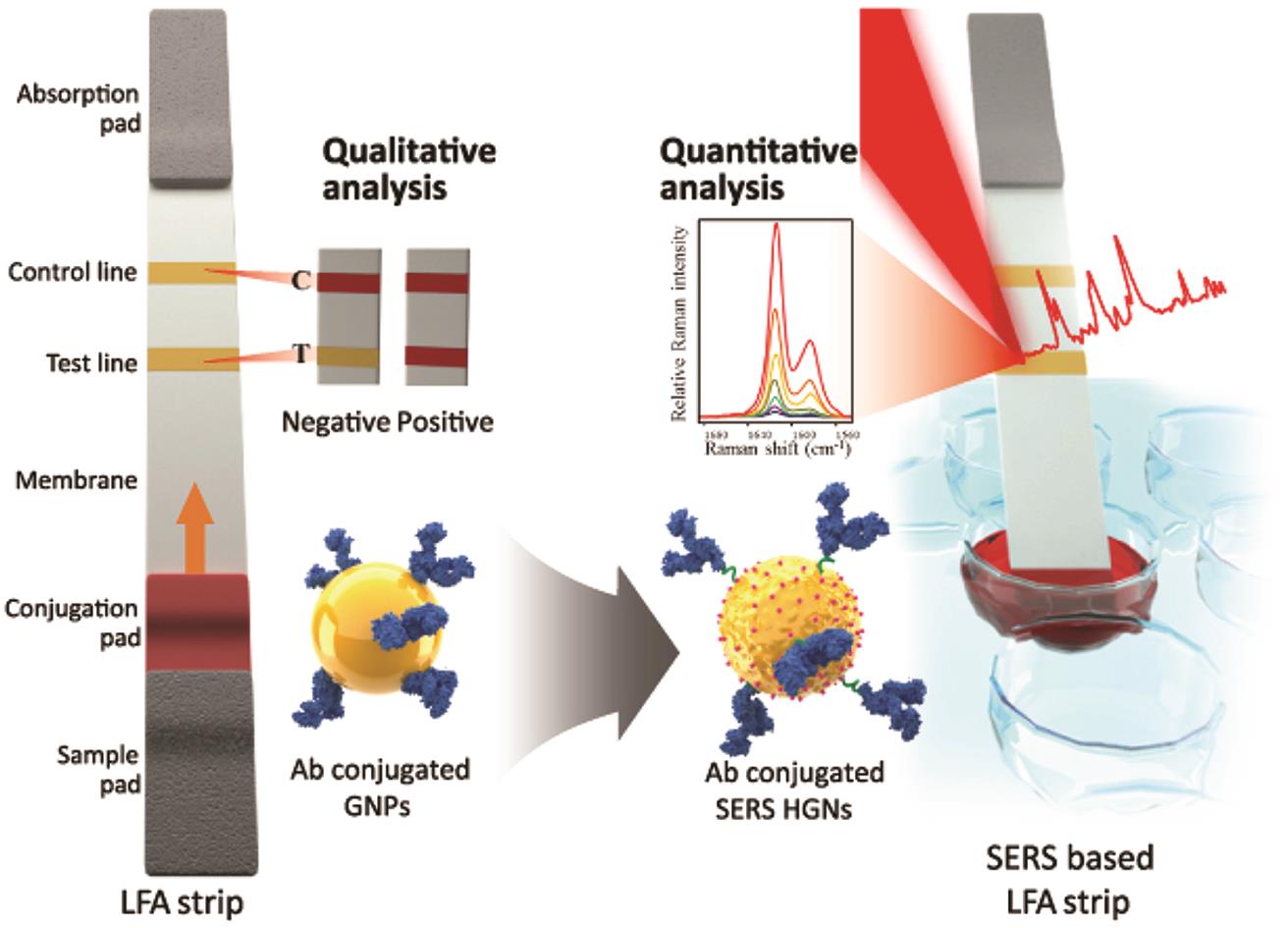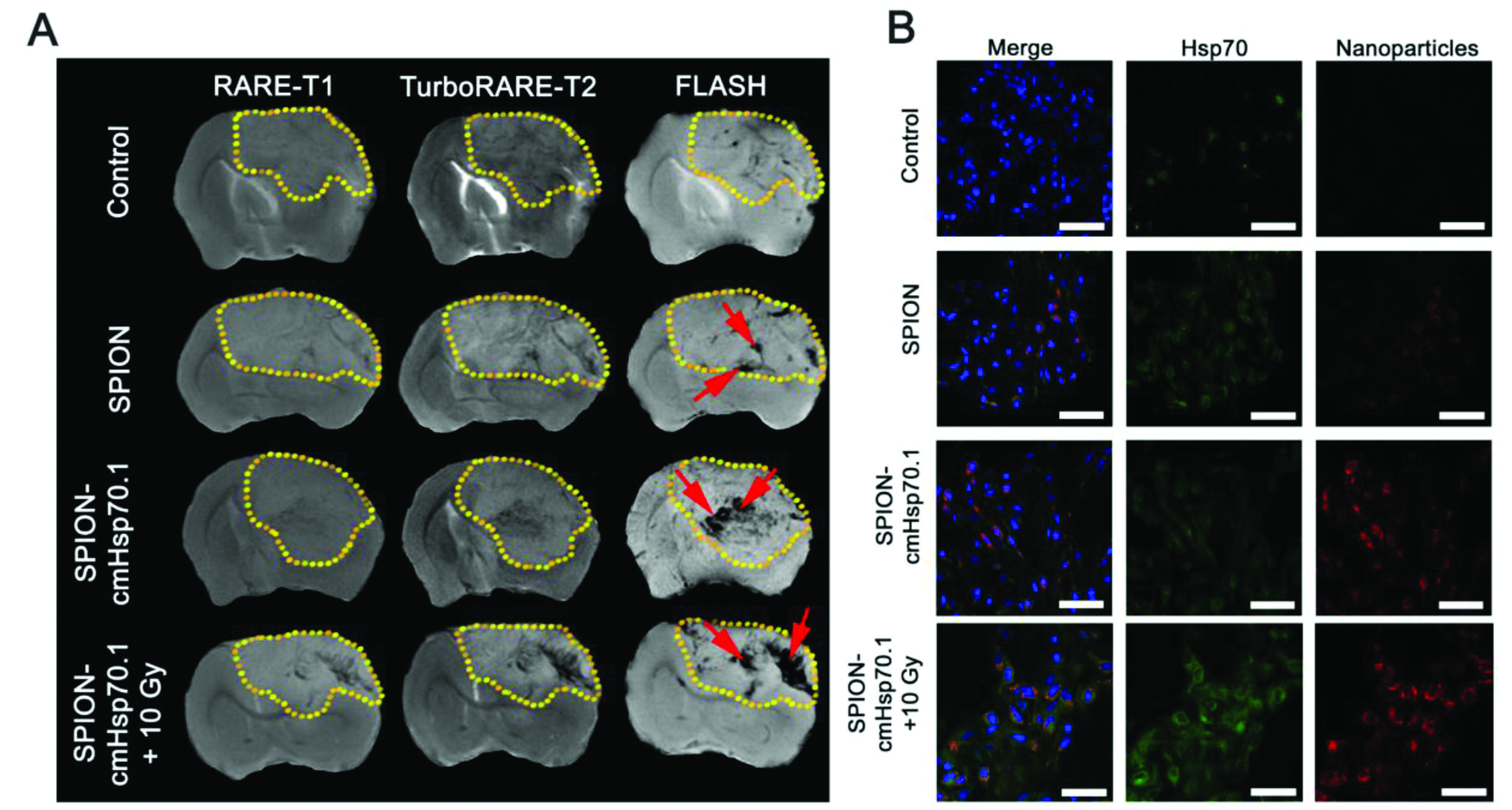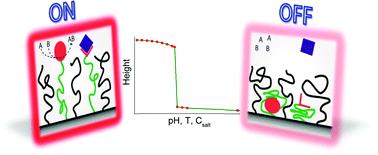Two-dimensional materials research is an emerging topic area, in particular their application in electronic devices. To help our readers stay up to date we have collected papers published in Nanoscale into one online web collection entitled 2D materials for electronic devices.
Editor’s Choice selection from Associate Editor, Professor Andrea Ferarri
A highly conducting graphene film with dual-side molecular n-doping
Youngsoo Kim, Jaesung Park, Junmo Kang, Je Min Yoo, Kyoungjun Choi, Eun Sun Kim, Jae-Boong Choi, Chanyong Hwang, K. S. Novoselov and Byung Hee Hong
Nanoscale, 2014,6, 9545-9549
“Graphene has many record properties. It is transparent like (or better than) plastic, but conducts heat and electricity better than any metal, it is an elastic film, behaves as an impermeable membrane, and it is chemically inert and stable. Thus it seems ideal as the next generation transparent conductor. There is a need to find a substitute for indium tin oxide (ITO) in the manufacturing of various types of displays and touch screens, due to the brittleness of indium that makes it difficult to use them when flexibility is a requirement. Graphene is an ideal candidate for such a task. Thus, coupled with carbon’s abundance, this presents a more sustainable alternative to ITO. Prototypes of graphene-based displays have been produced and commercial products seem imminent.
One drawback is that, in order to beat ITO’s conductivity, graphene needs to be doped. Kim et al. report a dual-side molecular doping method, demonstrating effective work function modulation, high carrier density and significant reduction of sheet resistance in large area graphene samples grown by chemical vapour deposition. With further optimization, their approach may enable a variety of practical applications of graphene films requiring low sheet resistance comparable to indium tin oxide (ITO), as well as high transparency and flexibility.”

Here are some popular articles from the collection:
Graphene-analogue carbon nitride: novel exfoliation synthesis and its application in photocatalysis and photoelectrochemical selective detection of trace amount of Cu2+
Hui Xu, Jia Yan, Xiaojie She, Li Xu, Jiexiang Xia, Yuanguo Xu, Yanhua Song, Liying Huang and Huaming Li
Nanoscale, 2014, 6, 1406-1415
Electrochemical properties of CVD grown pristine graphene: monolayer- vs. quasi-graphene
Dale A. C. Brownson, Sarah A. Varey, Fiazal Hussain, Sarah J. Haigh and Craig E. Banks
Nanoscale, 2014,6, 1607-1621
Transparent conductors composed of nanomaterials
Michael Layani, Alexander Kamyshny and Shlomo Magdassi
Nanoscale, 2014, 6, 5581-5591
Access the full collection here!


